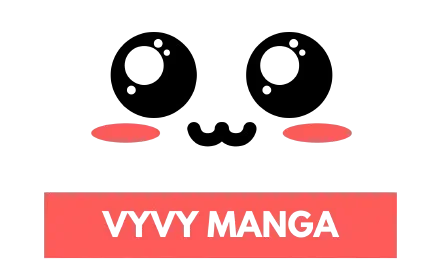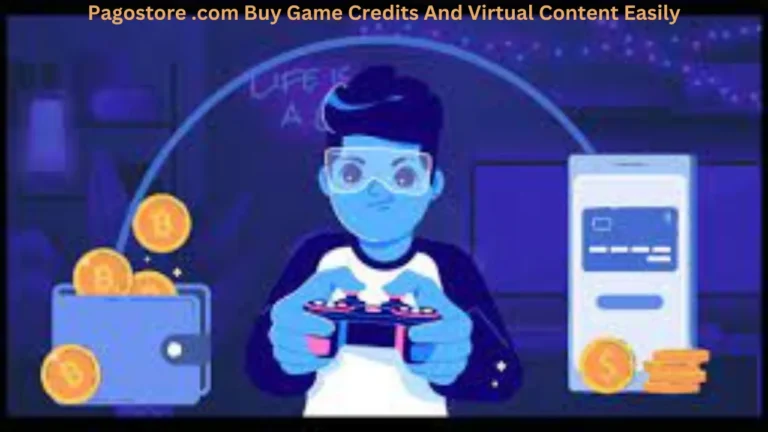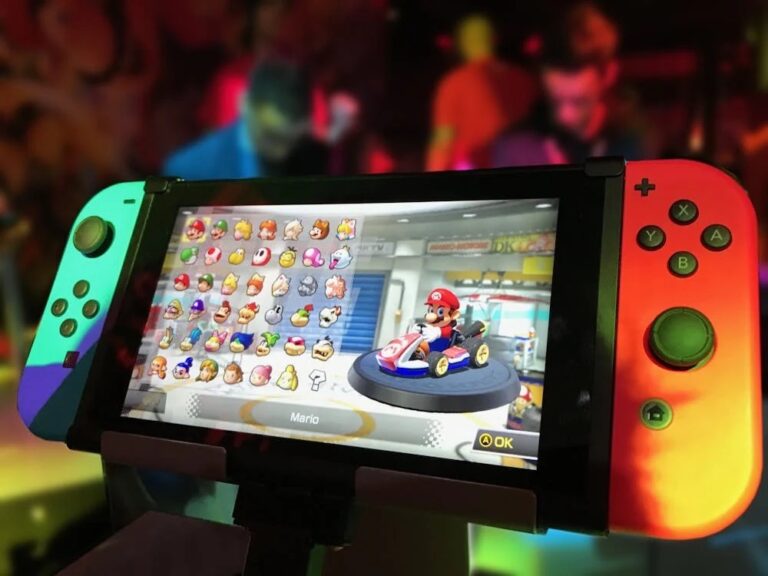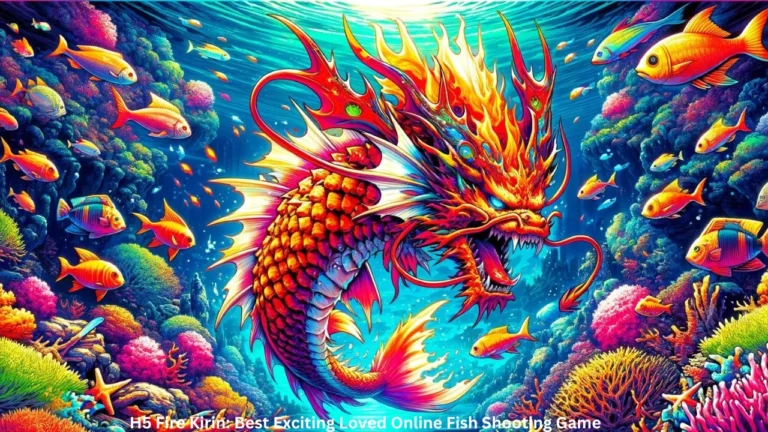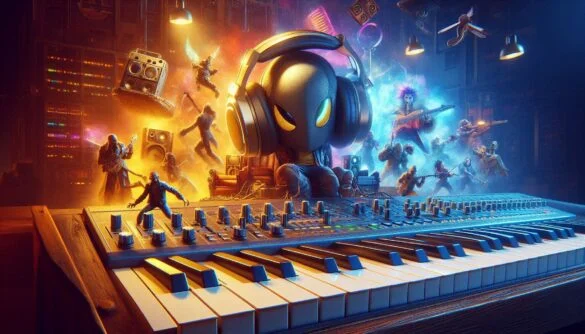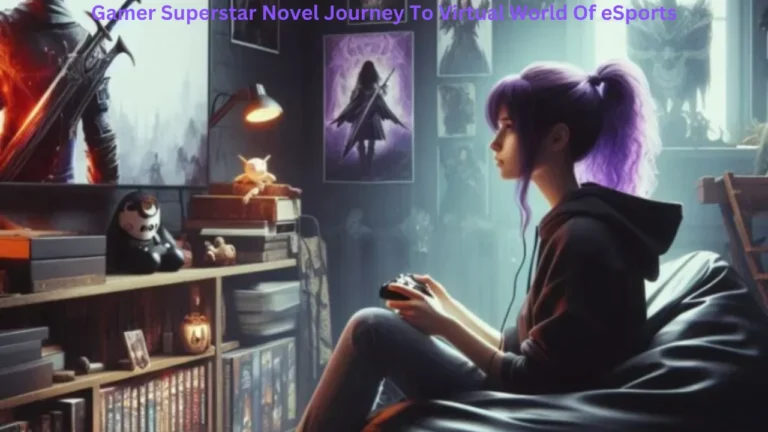Halo (2003) Game Icons Banners Redefining Sci Fiction Gaming
Halo (2003) Game Icons Banners: Combat Evolved, launched in 2001 and later ported to PC in 2003, became a hallmark of futuristic gaming with its rich design and gameplay. Among its many achievements, Halo (2003) game icons banners set a high bar for visual identity in video games, blending functionality with storytelling. In this article, we explore how these icons and banners were designed, their role in enhancing gameplay, and their impact on gaming culture.
What Is Halo (2003) Game Icons Banners
Icons in Halo (2003) Game Icons Banners weren’t just decorative; they were an essential part of the player’s interaction. The game’s banners and symbols also helped immerse players in its universe. The development team at Bungie designed them with simplicity, clarity, and immersion in mind to ensure seamless gameplay. Halo’s design philosophy ensured that each visual component had a purpose. Every icon, from weapon indicators to health shields, communicated valuable information without distracting players from the action. Meanwhile, the banners, seen in menus, promotional materials, and in-game loading screens, reinforced the game’s futuristic and militaristic aesthetic.
Design Principles
The simplicity and functionality of Halo’s visual elements made them effective. For example, the energy shield indicator—a blue bar—provided an intuitive way for players to track their health. As players took damage, the bar depleted, signaling the need to seek cover or recharge. Clarity and minimalism ensured these visuals conveyed information instantly, crucial during high-stakes moments. Similarly, the weapon icons displayed on-screen used precise shapes and minimal colors to help players quickly identify available weapons. Each gun, from the iconic MA5B Assault Rifle to the M6D Magnum, had its distinct symbol. These visual cues ensured that players knew what they were equipped with at any moment without breaking immersion.
Banners as Narrative Elements
In Halo (2003) Game Icons Banners, banners served more than just aesthetic purposes. They deepened the game’s narrative by distinguishing the two main factions—humanity’s UNSC (United Nations Space Command) and the Alien Covenant.
UNSC banners displayed military emblems, featuring the eagle and star motif, representing human resilience and strength.
Covenant banners, on the other hand, incorporated alien glyphs, purples, and blues, capturing the mystery and technological superiority of the alien alliance.
These banners, often visible in cutscenes or in-game locations, helped players feel immersed in the conflict between two opposing forces. They also provided visual storytelling, giving depth to the game’s universe.
Iconic Marketing and Halo’s Cultural Impact
The marketing strategy for Halo: Combat Evolved leaned heavily on the game’s distinctive banners and icons. Promotional materials showcased the Master Chief’s helmet against a cosmic backdrop, symbolizing the epic scale of the game. Stores displayed life-sized banners with the UNSC emblem, while online campaigns used faction-themed banners to build excitement among fans. These visual elements became symbols of the franchise’s identity, appearing on everything from posters to merchandise. Halo (2003) game icons banners not only shaped the franchise but also influenced the design of future sci-fi games, leaving an enduring impact on pop culture
Adapting Visuals Across Platforms
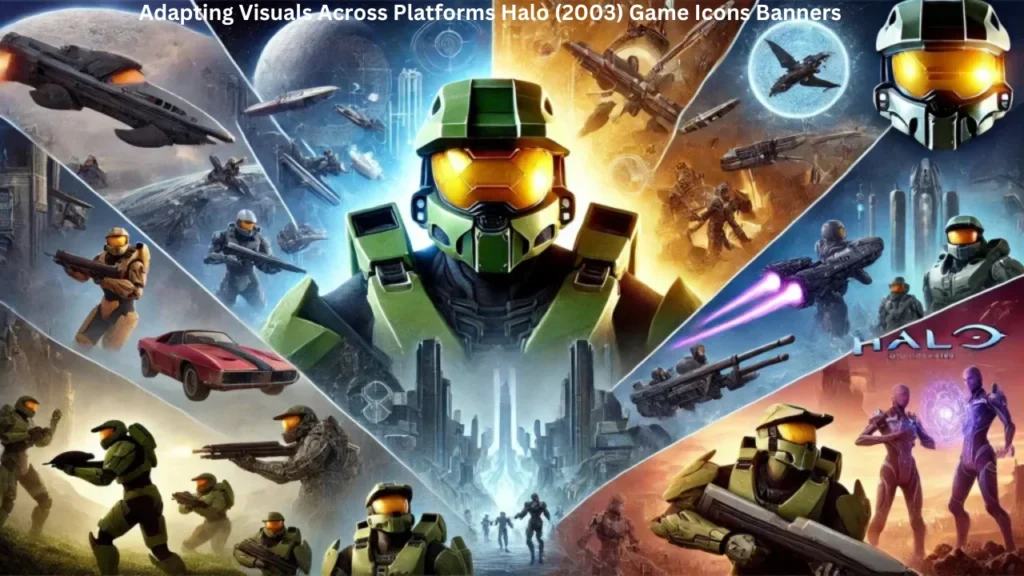
When Halo was ported to PC in 2003, the development team adapted the Halo (2003) Game Icons Banners to suit higher resolution monitors. On PC, the improved graphics meant sharper and more refined visuals, enhancing the player experience. The game’s icons, banners, and interface remained consistent with the original version, showcasing the versatility and adaptability of their design.
Key Elements of Halo (2003) Game Icons and Banners
| Element | Description | Function |
|---|---|---|
| Energy Shield Icon | The central visual symbol used in marketing. | Tracks damage and signals when to take cover. |
| Weapon Icons | Minimal symbols for guns like the Assault Rifle. | Helps players switch weapons efficiently. |
| UNSC Banner | Military-themed banner with eagle emblems. | Represents humanity’s unity and strength. |
| Covenant Banner | Alien glyphs with purples and blues. | Depicts the alien faction’s identity. |
| Master Chief Helmet | Central visual symbol used in marketing. | Represents the game’s hero and epic battles. |
Fan Creations and Community Engagement
The fan community embraced Halo’s visual elements, leading to the creation of custom icons, banners, and fan art. Players designed unique multiplayer emblems, shared desktop themes and created personalized icons to reflect their in-game achievements. The ability to modify and build on Halo’s visual language kept fans engaged long after the game’s release. These fan creations became part of the broader Halo culture, influencing subsequent titles and even merchandise. Collectors sought out posters, action figures, and other memorabilia featuring Halo (2003) game icons banners, highlighting the importance of these visuals in gaming history.
Legacy of Halo (2003) Game Icons Banners
Even years after its release, the design principles behind Halo (2003) game icons banners continue to influence modern video games. Bungie’s focus on clarity, simplicity, and narrative-driven visuals became a template for future sci-fi titles. These elements showed that well-designed icons and banners could enhance gameplay and storytelling simultaneously. The legacy of Halo’s visuals remains evident today, with new installments in the series continuing to draw inspiration from the original game’s aesthetic. The Master Chief’s helmet and the UNSC insignia have become enduring symbols not just of Halo, but of gaming as a whole.
Frequently Asked Questions
What are the most iconic symbols from Halo (2003)?
The Master Chief’s helmet, the UNSC emblem, and Covenant glyphs are the most recognizable symbols. These visuals represent the protagonist, human military forces, and alien factions, respectively.
How did banners contribute to Halo’s storytelling?
Banners in Halo (2003) visually differentiated factions and enhanced immersion. UNSC banners used military symbols, while Covenant banners employed alien designs, helping players feel part of the larger conflict.
How were icons designed to aid gameplay?
The icons were simple, intuitive, and functional, providing critical information like health status and weapon selection without distracting players. This clarity was vital for making quick decisions in fast-paced gameplay.
Why are Halo (2003) icons and banners still significant today?
Their legacy lies in their simplicity and impact, influencing future game designs. Fans continue to engage with them through custom creations, and they remain symbols of the franchise’s success.
Conclusion
The visual elements in Halo: Combat Evolved, particularly the Halo (2003) game icons banners, played a significant role in its success. Through thoughtful design, Bungie created icons that enhanced gameplay and banners that deepened the narrative. These visuals became part of the franchise’s identity, influencing both fans and developers. Today, the impact of these icons and banners remains visible, serving as a reminder of how great design can shape not just a game, but an entire genre. Halo’s ability to merge storytelling with gameplay through its visuals is a legacy that endures, ensuring its place in gaming history.
